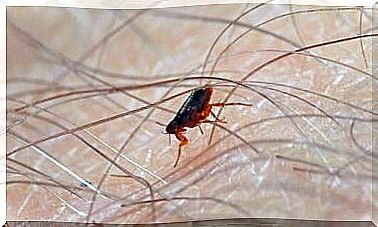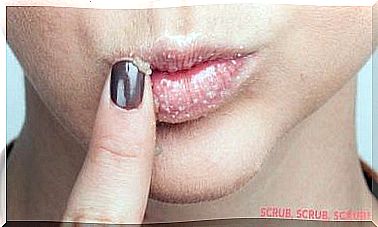How To Identify A Bad Fish?
Eating fish in poor condition can cause significant food poisoning, so extreme precautions must be taken when identifying its freshness.
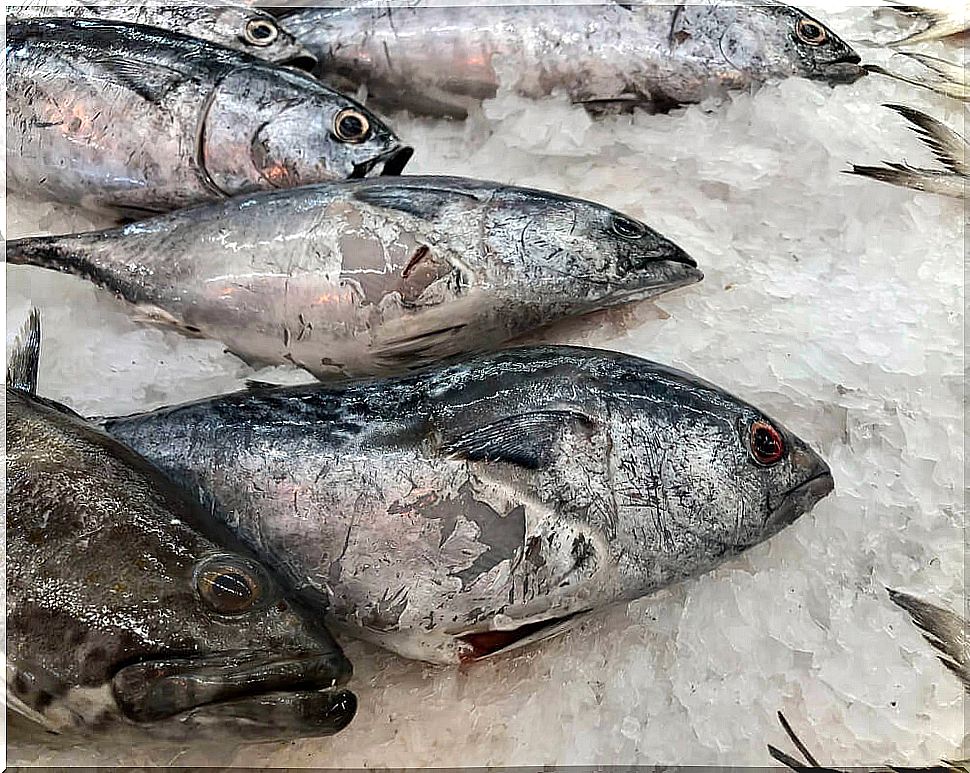
The protein intake in the diet has been alternated with delicious fish, whether fresh or frozen. This is very beneficial for health because fish is part of the first order foods thanks to its high nutritional value and easy digestion.
There are many methods of conservation and transport of fish that seek to guarantee a fresh food for a longer time. However, on some occasions, for one reason or another, the fish does not arrive home in good condition.
Therefore, you have to know how to identify a fish in bad condition. Nowadays, the fact of differentiating if a piece is fresh or not is a bit more complicated due to the contemporary style of sale: the packaged ones.
In recent decades, the paramount when it comes to selling products is comfort. For this reason, many people do not hesitate to buy gutted, filleted and headless fish. Thus, it is more feasible to consume – without knowing it – one that is not fresh, since most of it is acquired frozen.
Bad fish
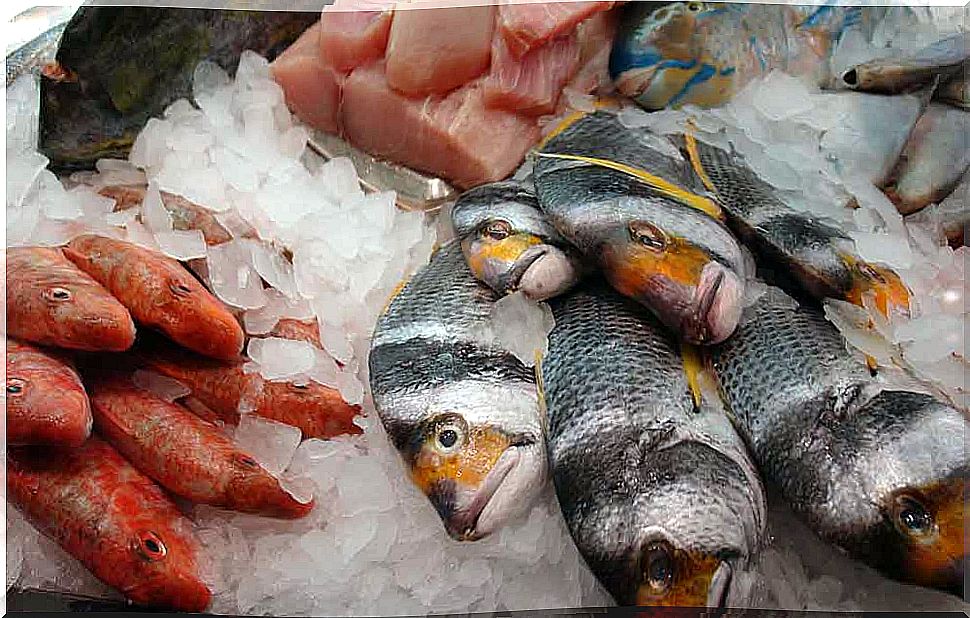
The Food and Agriculture Organization of the United Nations (FAO) considers that sensory methods are one of the most effective ways to recognize a fish in bad condition. As he explains it, this implies:
Thus, we have to use the senses to determine certain characteristics of the fish that allow us to know if it has lost its quality for consumption.
- The smell. Spoiled fish have a foul, rancid stench, and sometimes an ammonia odor.
- The skin. A fish in bad condition has very soft skin, the scales and the meat come off easily.
- The eyes. In poor condition he has sunken eyes , a milky cornea and a gray pupil, as if it were a cataract.
- The guts. They are behind the head, and in poor condition they are yellowish or gray in color.
- The gut. This area is the first affected by aging; in poor condition it is swollen or flaccid and sunken.
In good state

Of course, we can also use the senses to determine the freshness of this food. In this case, the characteristics must correspond to the following:
- The smell. Fresh fish smells of seaweed and sea and retains all its nutrients.
- The skin. Contrary to the past, fresh has a vivid color, the scales are hard and shiny.
- The eyes. When cool, it has bulging eyes, a shiny black pupil.
- The guts. In good condition depending on the species they are pink or red, clean, shiny and without mucus.
- Gut. The meat is tough and not slippery.
Tips to avoid unpleasant surprises
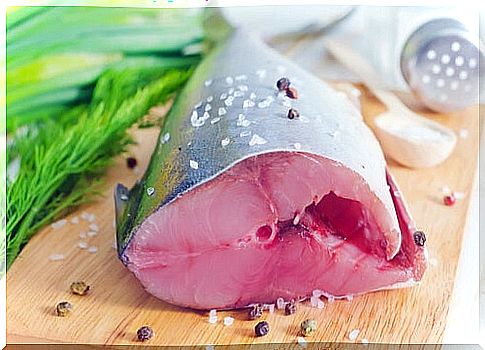
In order not to waste food, it is advisable to cook the fish a few days after purchasing it from the supermarket. If this cannot be done, it can be frozen and, in this way, the integrity of the product is guaranteed.
In fact, FAO also notes that freezing prolongs the lifespan of all species of fish. Thus, its properties can be preserved and the risk of food poisoning is avoided. Now, the following must be considered:
- Eating fish stored in the freezer after a few weeks away from home can carry some risks.
- This is because we do not know if in that time away from home there were power failures with several outages.
However, it should be noted that properly frozen products do not usually last more than two days after defrosting.
On the other hand, refreezing is never recommended. If we discover thawed fish due to power failures in the refrigerator, breakdowns, etc., it is best to dispose of the product.
Refrigeration and freezing only prevent the growth of more bacteria, but they do not kill them. This helps the decomposition process to accelerate. In short, if there have been alterations in the preservation techniques, the product must be discarded.
Degree of humidity
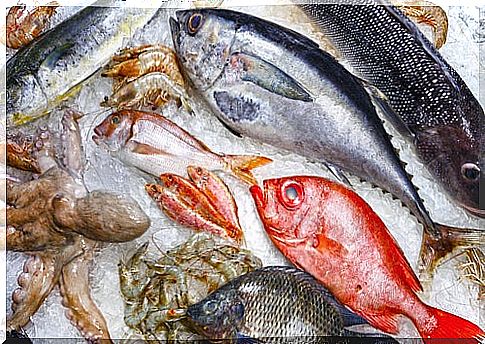
To cook a fish, you must look at the container that contains the product, if it has a lot of frozen liquid or is dry. When the liquid is present in the bag or container, this is a sign that there may have been an electrical drop that caused the fish to thaw.
If the freezing process is optimal, even if the wrapper is dry, make sure that the fish is fresh. To do this, it defrosts, looks and smells. If the product has a normal appearance and odor, it can be consumed. Otherwise, its intake cannot be prolonged any longer.
Fish that are not eaten the same day will be placed in salt water for a moment. We will dry it well and later we will store it in the refrigerator.
Finally, we can check if the fish is fresh or in bad condition when we eat it. Here the taste is evaluated: if the fish does not taste bitter or acid and other characteristics. Our taste buds can help identify a past fish. If everything is in order, you can eat without problems.





